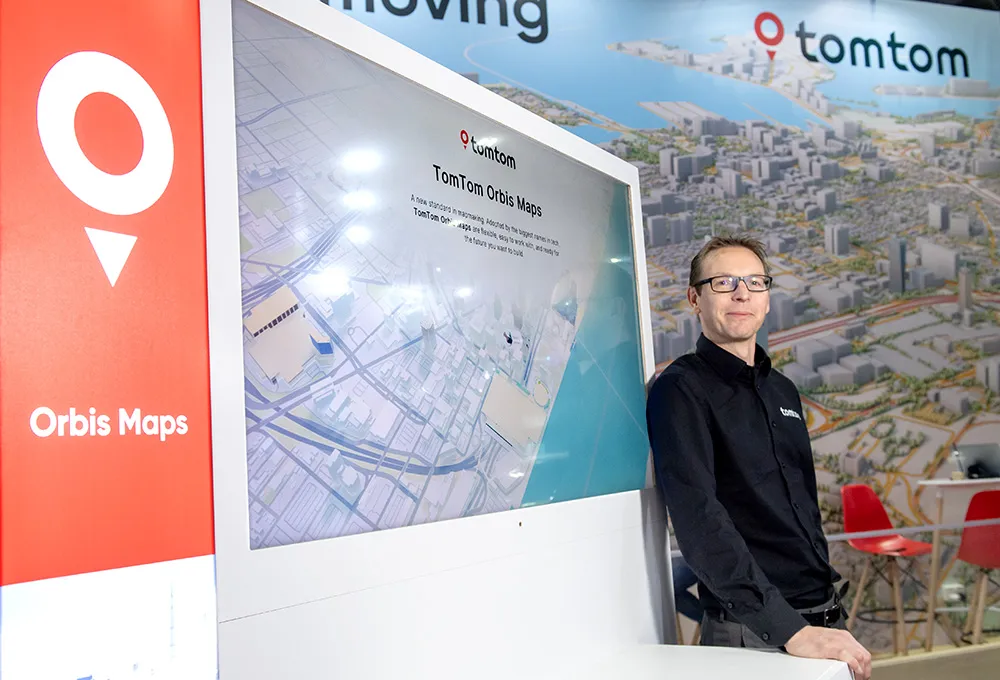A new portfolio of road performance and analytical visualisation tools just launched by Inrix, the Inrix Roadway Analytics, is a set of on-demand tools available in Europe and the Middle East that, providing transport agencies with quick and easy access to in-depth roadway analysis and visualisations. Inrix Roadway Analytics also allows users to create reports and other communication materials to convey important information and recommendations to drivers, decision makers and the general public.
Built on
July 7, 2016
Read time: 2 mins
A new portfolio of road performance and analytical visualisation tools just launched by 163 Inrix, the Inrix Roadway Analytics, is a set of on-demand tools available in Europe and the Middle East that, providing transport agencies with quick and easy access to in-depth roadway analysis and visualisations. Inrix Roadway Analytics also allows users to create reports and other communication materials to convey important information and recommendations to drivers, decision makers and the general public.
Built on Inrix XD Traffic, which covers 1.7 million miles of road in 28 countries in Europe and the Middle East and available to users as a browser-based application, Inrix Roadway Analytics helps to enable the efficient planning, monitoring and assessment of road performance. The service is designed to help transport agencies and city planners reduce cost of daily operations, pinpoint areas that benefit most from road improvements and more accurately measure and report the impact of their investments
The portfolio of tools provided by Inrix Roadway Analytics includes Data Downloader, which enables users to directly query Inrix XD Traffic speed archive data (from 24 hours prior) for any road segment and/or time period required. Performance Charts produce line and bar graphs, which enable before and after studies and/or comparison studies of roadways and use visualisations to communicate findings, while Congestion Scan uses heat maps to identify problem areas along a road, meaning transport agencies can pinpoint the location of congestion to better target improvement efforts. In addition, Bottleneck Ranking identifies all bottlenecks or congested corridors during a specific analysis period within an area, and provides a ranking by determining the number of occurrences, length and duration of each bottleneck.
For cities, Inrix Roadway Analytics allows agencies to perform before and after studies to quantify and communicate the impact of a road improvement or event; monitor and identify performance trends on key roads, corridors or segments daily, monthly or yearly; produce and regularly report Key Performance Indicators (KPIs) on travel times, congestion reduction and other areas, such as emergency response times; and regularly monitor and compare roadway conditions at roadwork and construction sites and make adjustments as needed to minimise the impact on traffic flow.
Built on Inrix XD Traffic, which covers 1.7 million miles of road in 28 countries in Europe and the Middle East and available to users as a browser-based application, Inrix Roadway Analytics helps to enable the efficient planning, monitoring and assessment of road performance. The service is designed to help transport agencies and city planners reduce cost of daily operations, pinpoint areas that benefit most from road improvements and more accurately measure and report the impact of their investments
The portfolio of tools provided by Inrix Roadway Analytics includes Data Downloader, which enables users to directly query Inrix XD Traffic speed archive data (from 24 hours prior) for any road segment and/or time period required. Performance Charts produce line and bar graphs, which enable before and after studies and/or comparison studies of roadways and use visualisations to communicate findings, while Congestion Scan uses heat maps to identify problem areas along a road, meaning transport agencies can pinpoint the location of congestion to better target improvement efforts. In addition, Bottleneck Ranking identifies all bottlenecks or congested corridors during a specific analysis period within an area, and provides a ranking by determining the number of occurrences, length and duration of each bottleneck.
For cities, Inrix Roadway Analytics allows agencies to perform before and after studies to quantify and communicate the impact of a road improvement or event; monitor and identify performance trends on key roads, corridors or segments daily, monthly or yearly; produce and regularly report Key Performance Indicators (KPIs) on travel times, congestion reduction and other areas, such as emergency response times; and regularly monitor and compare roadway conditions at roadwork and construction sites and make adjustments as needed to minimise the impact on traffic flow.








